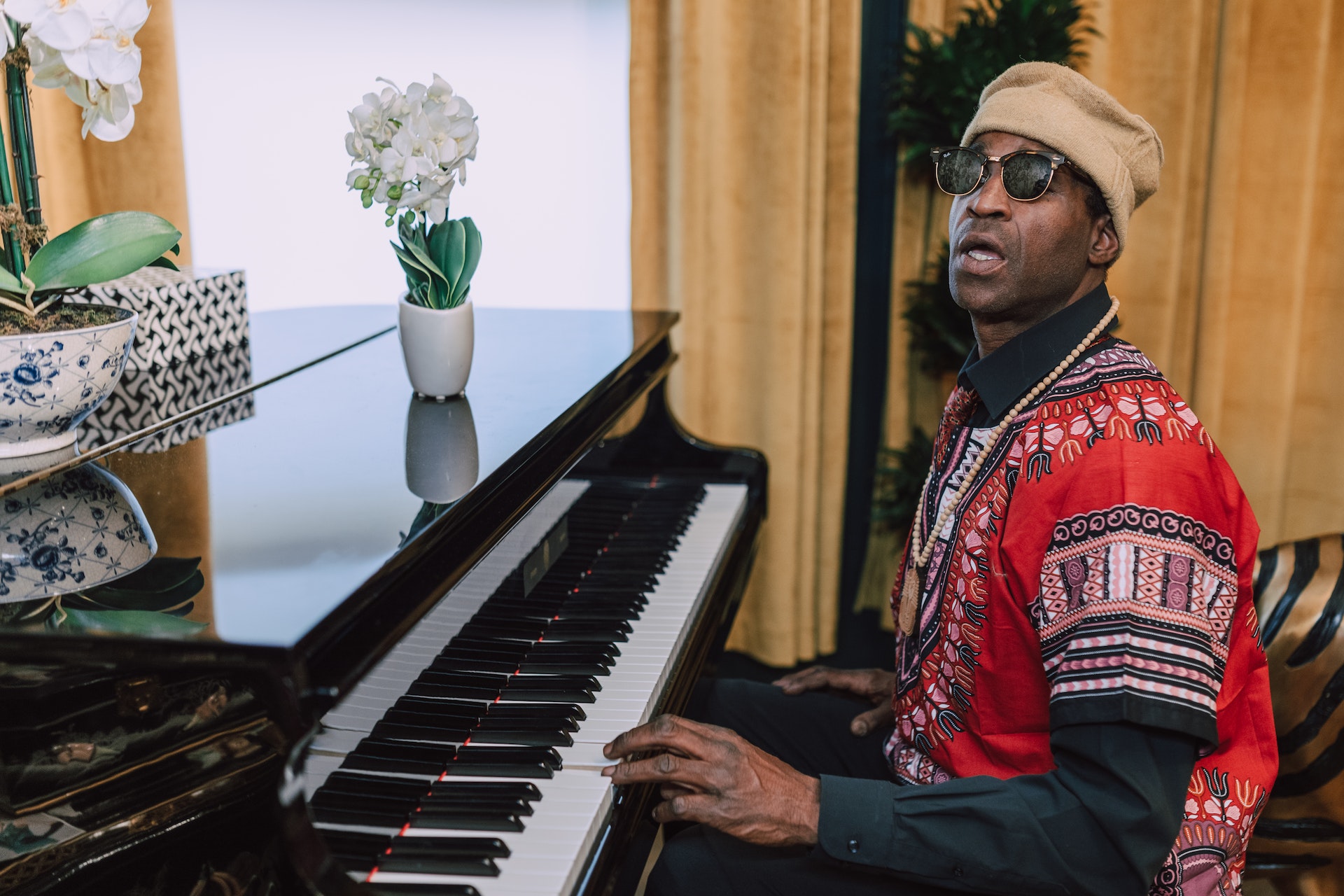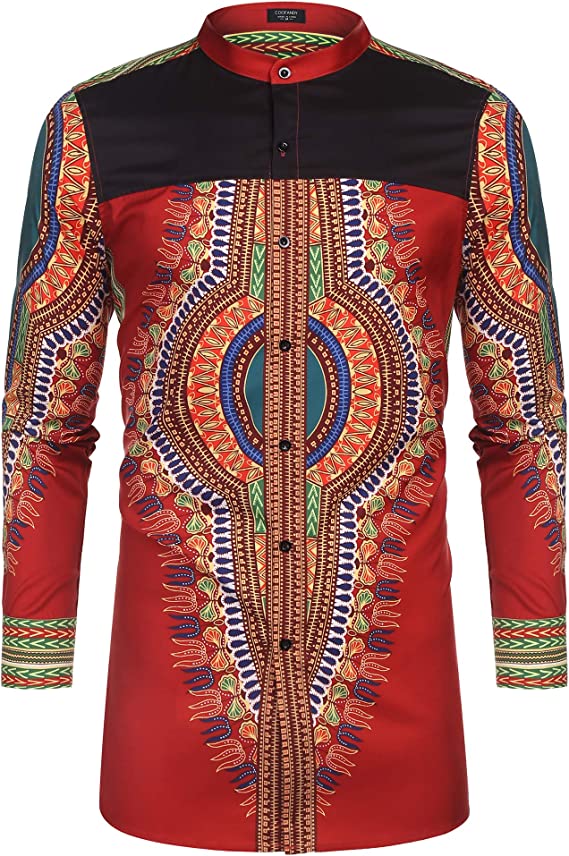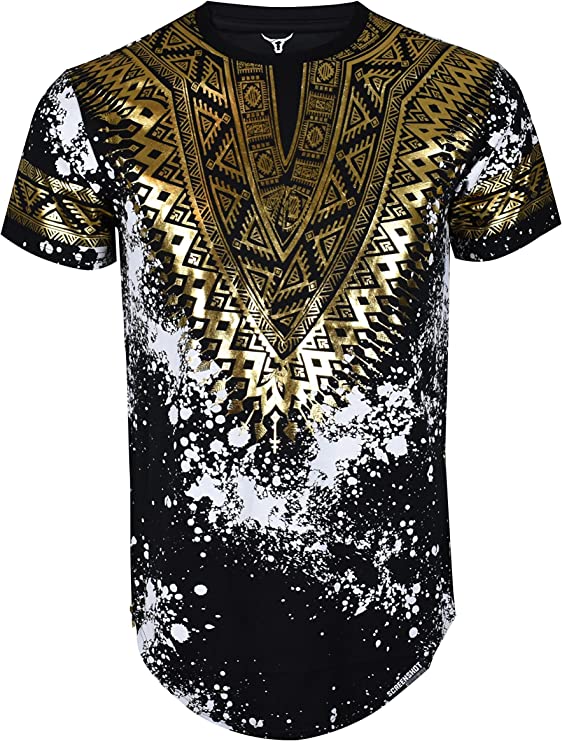In a world that values beauty and vitality, the quest for youthful skin is a pursuit that spans generations. From ancient civilizations to modern societies, people have sought various remedies and elixirs to defy the signs of aging. Today, advancements in skincare have unlocked a multitude of ingredients with remarkable anti-aging properties. One such ingredient that has captured the attention of beauty enthusiasts and experts alike is black caviar.
Black caviar, often associated with luxury and indulgence, is more than just a delicacy for the taste buds. It is a hidden gem revered for its potent anti-aging properties. Derived from the roe of sturgeon fish, black caviar is a treasure trove of nutrients, vitamins, and minerals. Beyond its exquisite flavor, black caviar has been hailed as an elixir for achieving wrinkle-free skin and maintaining a youthful complexion.
In this blog post, we will embark on an enlightening journey into the world of black caviar and its profound impact on the aging process. We will unravel the scientific foundations behind its anti-aging prowess, exploring how this rare ingredient works its magic to combat wrinkles and rejuvenate the skin. Furthermore, we will discuss practical ways to incorporate black caviar into your skincare routine, ensuring you can harness its transformative effects for your own radiant and youthful appearance. Prepare to be amazed as we unlock the potential of black caviar, revealing the secrets to achieving wrinkle-free skin and embracing ageless beauty.
Understanding the Science Behind Black Caviar
Black caviar, often referred to as “black gold,” is the roe or eggs of the sturgeon fish species. This exquisite delicacy has a long history and is highly regarded in culinary and cultural traditions. Originating from the Caspian Sea and the Black Sea regions, black caviar has been treasured for centuries for its rich flavor and luxurious appeal.
Black caviar is not only a treat for the taste buds but also a powerhouse of nutrients. It is renowned for its exceptional nutritional composition. Packed with vitamins, minerals, and essential fatty acids, black caviar offers a plethora of benefits beyond its gastronomic appeal.
Vitamins such as vitamin A, vitamin D, and vitamin E contribute to skin health and provide antioxidant protection. These vitamins help to neutralize harmful free radicals, which are responsible for damaging the skin cells and accelerating the aging process.
Minerals like selenium, zinc, and magnesium play crucial roles in promoting skin vitality and function. They aid in collagen synthesis, promote cellular regeneration, and maintain the skin’s barrier function.
Moreover, black caviar is a rich source of omega-3 fatty acids, particularly EPA (eicosapentaenoic acid) and DHA (docosahexaenoic acid). These essential fatty acids are known for their anti-inflammatory properties, improving skin health and reducing inflammation-related aging processes.
The presence of unique bioactive compounds in black caviar that contribute to its anti-aging effects
Black caviar owes its anti-aging prowess to the presence of unique bioactive compounds. These compounds work synergistically to nourish and revitalize the skin, combating the signs of aging effectively.
One of the standout compounds in black caviar is marine collagen. Collagen is the main structural protein in the skin, responsible for maintaining its firmness and elasticity. Black caviar contains a specific type of collagen that closely resembles human collagen, making it highly compatible and easily absorbed by the skin. This leads to improved skin elasticity and a reduction in the appearance of wrinkles and fine lines.
Additionally, black caviar is rich in peptides, which are small chains of amino acids. Peptides have been shown to have skin-firming effects by stimulating collagen synthesis and promoting cellular regeneration. These peptides work in harmony with other bioactive compounds, contributing to the overall anti-aging benefits of black caviar.
Furthermore, black caviar contains a diverse range of antioxidants, including vitamin E, astaxanthin, and selenium. These antioxidants play a crucial role in protecting the skin against oxidative stress, which can accelerate aging. By neutralizing free radicals and reducing oxidative damage, black caviar helps to maintain a youthful and radiant complexion.
Black Caviar’s Impact on Wrinkles
Black caviar plays a significant role in enhancing skin elasticity and firmness, which are essential for reducing the appearance of wrinkles. The presence of marine collagen in black caviar is particularly beneficial in this regard. Marine collagen closely resembles human collagen, making it highly compatible with our skin. When applied topically or consumed orally, black caviar collagen can stimulate collagen synthesis in the skin, resulting in improved elasticity and a reduction in the visibility of wrinkles. By replenishing collagen levels, black caviar helps to restore the skin’s natural structure and firmness, leading to a more youthful appearance.
Another crucial aspect of black caviar’s impact on wrinkles lies in its abundant antioxidants. Oxidative stress, caused by the accumulation of free radicals, is a major contributor to skin aging, including the formation of wrinkles. Black caviar contains a range of potent antioxidants like vitamin E, astaxanthin, and selenium, which help neutralize free radicals and protect the skin from oxidative damage. By combating oxidative stress, black caviar helps to minimize the formation of wrinkles, promoting a smoother and more youthful complexion.
One of the remarkable properties of black caviar is its ability to provide intense moisturization and hydration to the skin. Proper hydration is crucial for maintaining a plump and smooth complexion, as well as reducing the visibility of fine lines and wrinkles. Black caviar contains essential fatty acids, including omega-3s, which help to strengthen the skin barrier and lock in moisture. Additionally, the rich mineral content of black caviar aids in retaining water within the skin cells, promoting optimal hydration levels. By keeping the skin adequately moisturized and hydrated, black caviar contributes to a more youthful and supple appearance while reducing the prominence of wrinkles.
The Role of Black Caviar in Collagen Production
Collagen is a crucial protein that acts as the building blocks of our skin, providing structure, strength, and elasticity. It plays a vital role in maintaining youthful and supple skin. However, as we age, collagen production naturally declines, leading to the appearance of fine lines, wrinkles, and sagging skin. Therefore, finding ways to stimulate collagen production becomes essential in the pursuit of maintaining a youthful complexion.
How black caviar stimulates collagen synthesis, promoting skin rejuvenation
Black caviar emerges as a remarkable ally in stimulating collagen production and promoting skin rejuvenation. The presence of marine collagen in black caviar, which closely resembles the collagen found in human skin, makes it an excellent source for collagen replenishment. When applied topically or consumed orally, the bioactive compounds in black caviar can penetrate the skin or be absorbed into the bloodstream, stimulating collagen synthesis.
Black caviar’s unique composition includes peptides, which are small chains of amino acids that play a vital role in collagen synthesis. These peptides work by triggering the production of new collagen fibers, reinforcing the skin’s structural integrity, and enhancing its elasticity. By stimulating collagen synthesis, black caviar aids in skin rejuvenation, helping to restore a more youthful and firm appearance.
The benefits of increased collagen levels, such as reducing fine lines and wrinkles
Increased collagen levels bring about a multitude of benefits for the skin, particularly in reducing the appearance of fine lines and wrinkles. As collagen production diminishes with age, the skin loses its elasticity and becomes more susceptible to developing wrinkles. By promoting collagen synthesis, black caviar helps to counteract this process and minimize the visibility of fine lines and wrinkles.
The renewed collagen fibers resulting from black caviar’s collagen-boosting properties contribute to a plumper and smoother complexion. Increased collagen levels can fill in fine lines, giving the skin a more youthful and radiant appearance. Furthermore, collagen also aids in improving skin texture, reducing the depth of wrinkles, and promoting a firmer skin tone.
Incorporating black caviar into your skincare routine or consuming it as part of your diet can have a significant impact on collagen production, leading to a rejuvenated and more youthful-looking complexion. By leveraging the collagen-boosting benefits of black caviar, you can effectively combat the signs of aging, diminish fine lines and wrinkles, and embrace a more vibrant and radiant appearance.
Incorporating Black Caviar into Your Skincare Routine
The beauty industry has embraced the powerful anti-aging properties of black caviar, resulting in a range of skincare products infused with this luxurious ingredient. When considering incorporating black caviar into your skincare routine, you can explore various options such as serums, creams, and masks. These products are designed to deliver the potent benefits of black caviar directly to your skin, maximizing its rejuvenating effects.
Black caviar serums are lightweight and easily absorbed, making them ideal for daily use. They are typically formulated with a higher concentration of black caviar extract, delivering intense hydration, collagen-boosting properties, and antioxidant benefits.
Black caviar creams provide deep moisturization while nourishing the skin with essential nutrients. These creams are often formulated with a blend of black caviar extract, hydrating ingredients, and other beneficial compounds to promote firmness, elasticity, and wrinkle reduction.
Black caviar masks offer a concentrated treatment that allows the skin to absorb the potent benefits of black caviar in a short amount of time. These masks provide an instant boost of hydration, brightening, and firming effects, leaving the skin looking revitalized and youthful.
Step-by-step instructions on how to use black caviar products effectively
To incorporate black caviar products into your skincare routine effectively, follow these step-by-step instructions:
- Cleanse your face: Start by cleansing your face with a gentle cleanser to remove dirt, oil, and makeup. Pat dry with a clean towel.
- Apply toner (optional): If you use a toner as part of your skincare routine, apply it after cleansing to balance the skin’s pH levels.
- Apply black caviar serum: Take a few drops of black caviar serum and gently massage it onto your face and neck using upward motions. Allow the serum to absorb fully into the skin.
- Follow with black caviar cream: Take a small amount of black caviar cream and apply it evenly to your face and neck. Massage gently until fully absorbed.
- Use a black caviar mask (as desired): If you’re using a black caviar mask, apply it to clean, dry skin. Leave it on for the recommended time, then rinse off or remove according to the product instructions.
- Complete with sunscreen: During the daytime, it is crucial to protect your skin from harmful UV rays. Apply a broad-spectrum sunscreen with at least SPF 30 to shield your skin.
Potential considerations, such as skin sensitivity or allergies
While black caviar offers numerous benefits, it’s essential to consider potential skin sensitivities or allergies. Before incorporating black caviar products into your skincare routine, it is advisable to perform a patch test. Apply a small amount of the product to a discreet area of your skin, such as the inside of your wrist, and wait for 24 hours to observe any adverse reactions.
If you have known allergies to seafood or sensitive skin, it’s crucial to consult with a dermatologist or skincare professional before using black caviar products. They can assess your skin’s compatibility with black caviar and recommend suitable products or alternatives.
Other Health Benefits of Black Caviar
Beyond its remarkable impact on skin health and anti-aging, black caviar offers additional health benefits that contribute to overall well-being. Incorporating black caviar into your diet can provide essential nutrients that support various bodily functions and promote vitality.
Black caviar is a rich source of omega-3 fatty acids, which have been shown to support heart health by reducing inflammation, improving cholesterol levels, and supporting proper cardiovascular function. The omega-3 fatty acids found in black caviar may also play a role in brain health, promoting cognitive function, and potentially reducing the risk of age-related cognitive decline.
Furthermore, black caviar contains important minerals like selenium, which acts as a powerful antioxidant and supports the immune system. It also provides zinc, which plays a role in immune function, wound healing, and the maintenance of healthy skin.
Black caviar’s potential benefits for hair, nails, and joint health
In addition to its impact on skin health, black caviar can also contribute to the well-being of your hair, nails, and joints. The nutrients found in black caviar, such as vitamins, minerals, and amino acids, can promote healthy hair growth, strengthen nails, and support joint function.
The omega-3 fatty acids in black caviar can help nourish the scalp, promote hair follicle health, and enhance the appearance and texture of hair. The minerals found in black caviar, such as zinc and selenium, are vital for maintaining strong and healthy nails.
Moreover, the collagen content in black caviar can support joint health by providing the building blocks for cartilage, promoting joint flexibility, and reducing the risk of joint-related discomfort.
The importance of a balanced diet and lifestyle alongside black caviar for optimal results
While black caviar offers numerous health benefits, it’s important to note that optimal results are best achieved through a balanced diet and a healthy lifestyle. Incorporating black caviar into your meals or skincare routine should be complemented by a well-rounded approach to overall well-being.
A balanced diet rich in fruits, vegetables, whole grains, lean proteins, and healthy fats will provide the necessary nutrients for optimal health. Regular exercise, sufficient hydration, stress management, and adequate sleep also play vital roles in maintaining overall well-being.
Furthermore, it’s important to consume black caviar in moderation as part of a diverse diet. Black caviar is a high-quality and luxurious ingredient, but its production can impact sturgeon populations. Ensuring sustainability and responsible sourcing of black caviar is crucial to protect the environment and maintain the availability of this precious resource.
Precautions and Potential Side Effects
Before integrating black caviar into your skincare routine, it’s crucial to consult with a dermatologist or healthcare professional. They can assess your specific skin type, existing skincare regimen, and potential interactions with other products or medications. A professional opinion will help determine if black caviar is suitable for your individual needs and address any concerns or questions you may have.
Black caviar is derived from seafood, specifically sturgeon roe, and individuals with known allergies or sensitivities to seafood should exercise caution when considering black caviar products. If you have a history of seafood allergies, it’s important to avoid using skincare products containing black caviar. Allergic reactions can vary in severity, ranging from mild skin irritation to more severe symptoms. In such cases, it’s advisable to seek alternative skincare options that do not contain black caviar or seafood-derived ingredients.
While black caviar is generally considered safe for most individuals, there may be specific contraindications or side effects to be aware of. These can vary depending on individual sensitivities or underlying health conditions. It’s important to note that there is limited scientific research specifically focused on the side effects of black caviar usage.
However, some individuals may experience skin irritation, redness, or allergic reactions when using black caviar products. It’s advisable to perform a patch test before regular use to check for any adverse reactions. Additionally, if you experience any discomfort, irritation, or adverse effects after using black caviar products, discontinue use immediately and seek medical advice.
It’s also important to consider the sourcing and quality of black caviar products. Ensuring that the product is sourced from reputable and sustainable sources is vital to maintain product safety and environmental responsibility.
Conclusion
Black caviar is a remarkable ingredient that holds the secret to achieving wrinkle-free skin and maintaining a youthful appearance. Its unique composition, including essential vitamins, minerals, omega-3 fatty acids, and bioactive compounds, contributes to its powerful anti-aging properties.
Black caviar promotes skin elasticity and firmness, combats oxidative stress through its antioxidant content, and provides deep moisturization and hydration for plump and smooth skin. Its ability to stimulate collagen production further enhances its effectiveness in reducing fine lines and wrinkles, revealing a more rejuvenated and youthful complexion.
Now that you are aware of the incredible benefits of black caviar for your skin, I encourage you to explore and experiment with black caviar-infused skincare products. Whether it’s serums, creams, masks, or other formulations, incorporating black caviar into your skincare routine can bring you one step closer to achieving ageless beauty.
Look for reputable brands that prioritize quality, sustainability, and responsible sourcing. Read product labels and reviews to ensure that you’re selecting the best black caviar products for your specific skin needs.
Unlock the potential of black caviar and experience the wonders it can do for your skin. Embrace the power of this extraordinary ingredient and witness the transformation as your skin becomes firmer, smoother, and more radiant.
So, why wait? Start your journey towards ageless beauty by incorporating black caviar into your skincare routine today. Consult with a dermatologist or skincare professional, explore different products, and enjoy the luxurious benefits that black caviar offers.
Remember, you deserve to age gracefully with youthful and wrinkle-free skin. Harness the power of black caviar and let it reveal your timeless beauty.
10 Pack Skin Aging Wrinkles Fighting Black Caviar Korean Skin Care Facial Sheets























